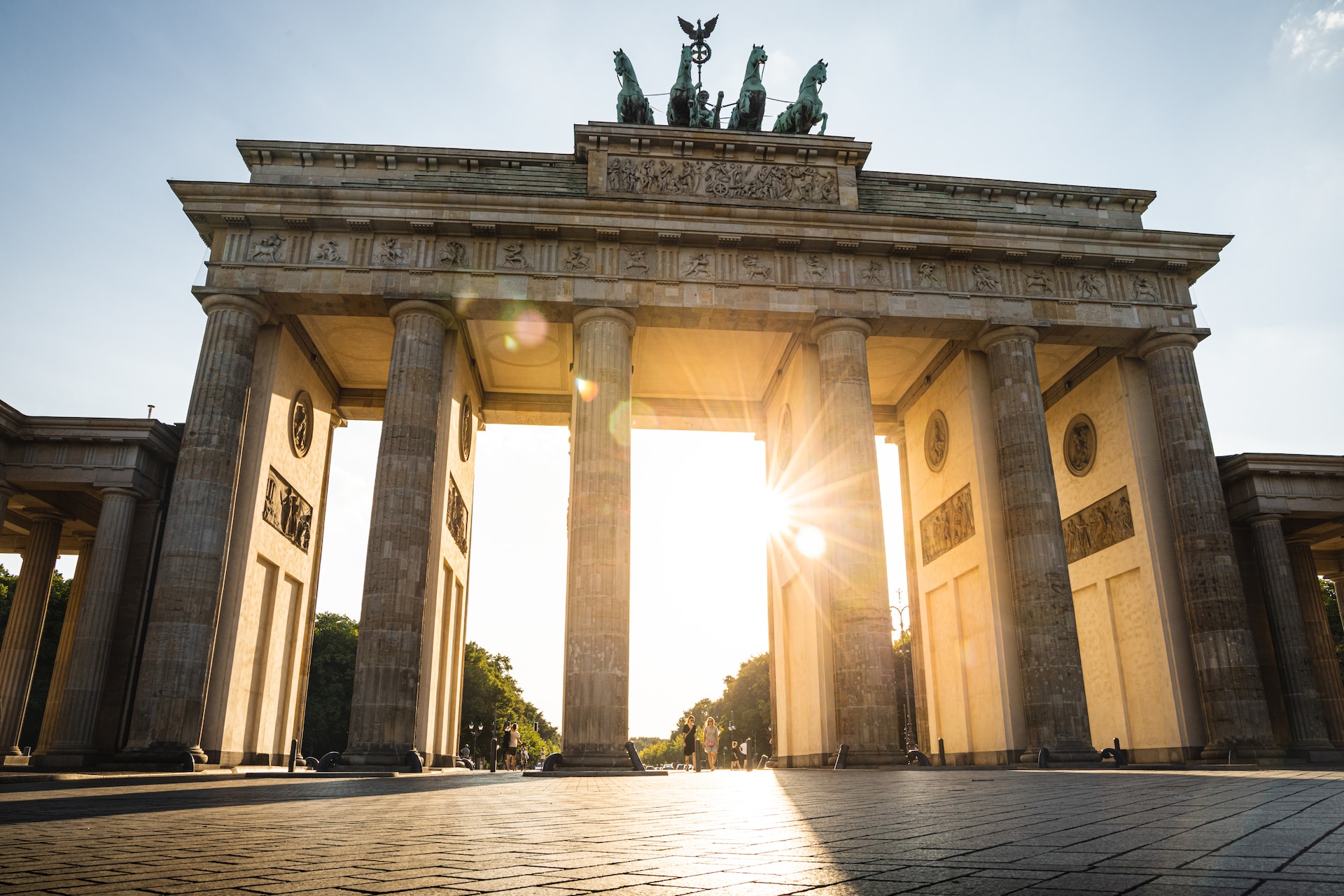When discussing the Berlin Wall, its physical presence and historical significance often come to mind. However, understanding the financial aspect of maintaining such a structure is equally important. In this article, we will explore the costs associated with the construction, maintenance, and eventual dismantling of the Berlin Wall.
The Construction Cost of the Berlin Wall
The construction of the Berlin Wall began on August 13, 1961, as a result of political tensions between East and West Germany. The initial purpose of the wall was to prevent the population of East Germany from fleeing to West Germany.
While it is challenging to determine the exact cost of constructing the Berlin Wall due to limited public documentation from that time, estimates suggest it ranged from 155 to 200 million East German marks (equivalent to approximately 120 to 155 million US dollars). These costs comprised materials, manpower, and logistics required for the construction. However, it is important to note that these estimates only provide a rough approximation.
Maintenance Expenditures
Once the Berlin Wall was erected, a significant portion of East Germany’s resources went into its maintenance. The ongoing effort to prevent escapes and ensure the wall’s integrity led to continuous financial investments.
The maintenance costs included regular inspections, repairs, and reinforcement of the wall. Beyond the physical structure, the regime also invested in the surveillance systems, guard patrols, and various security measures surrounding the wall. Despite the lack of precise documentation, it is evident that this ongoing maintenance required substantial financial resources.
The Economic Impact
The construction and maintenance costs of the Berlin Wall had significant economic implications for East Germany. The expenses associated with maintaining such a structure were a considerable drain on the already struggling East German economy.
Firstly, the resources allocated to the wall’s upkeep diverted funds that could have been invested in infrastructure development, social welfare programs, and improving the living conditions of the East German population. Consequently, East Germany faced a decline in economic growth and progress in comparison to West Germany.
Furthermore, the construction of the Berlin Wall contributed to an increased sense of isolation and reduced economic interactions between East and West Germany. This separation hindered trade, restricted movement, and limited cooperation, which, in turn, had adverse effects on both economies. The disconnection of communities, families, and businesses also resulted in lost opportunities and damaged relationships.
Costs of Dismantling the Berlin Wall
The fall of the Berlin Wall on November 9, 1989, marked a historic moment of reunification. However, the process of dismantling the wall also incurred substantial expenses.
Initially, there was a need to remove the physical barricades, demolish border installations, and clear debris. These immediate costs were estimated to be around 10 million Deutsche Marks (about 6 million US dollars).
However, the costs of reunification and transforming East Germany into a democratic society were significantly higher. The financial burden of integrating the two previously divided regions, stabilizing the economy, and improving infrastructure was immense. Estimates indicate that between 1990 and 1994, West Germany channeled over $600 billion to rebuild and revitalize East Germany.
Conclusion
The Berlin Wall was not only a physical barrier but also a drain on East Germany’s finances. From the initial construction to the maintenance costs, and finally the expenses incurred during dismantling and reunification, the financial burden on East Germany was significant.
While quantifying the exact overall expense is challenging due to limited documentation and the wide-ranging economic consequences, it is clear that the Berlin Wall acted as a barrier not only for individuals but also for economic prosperity and growth.

